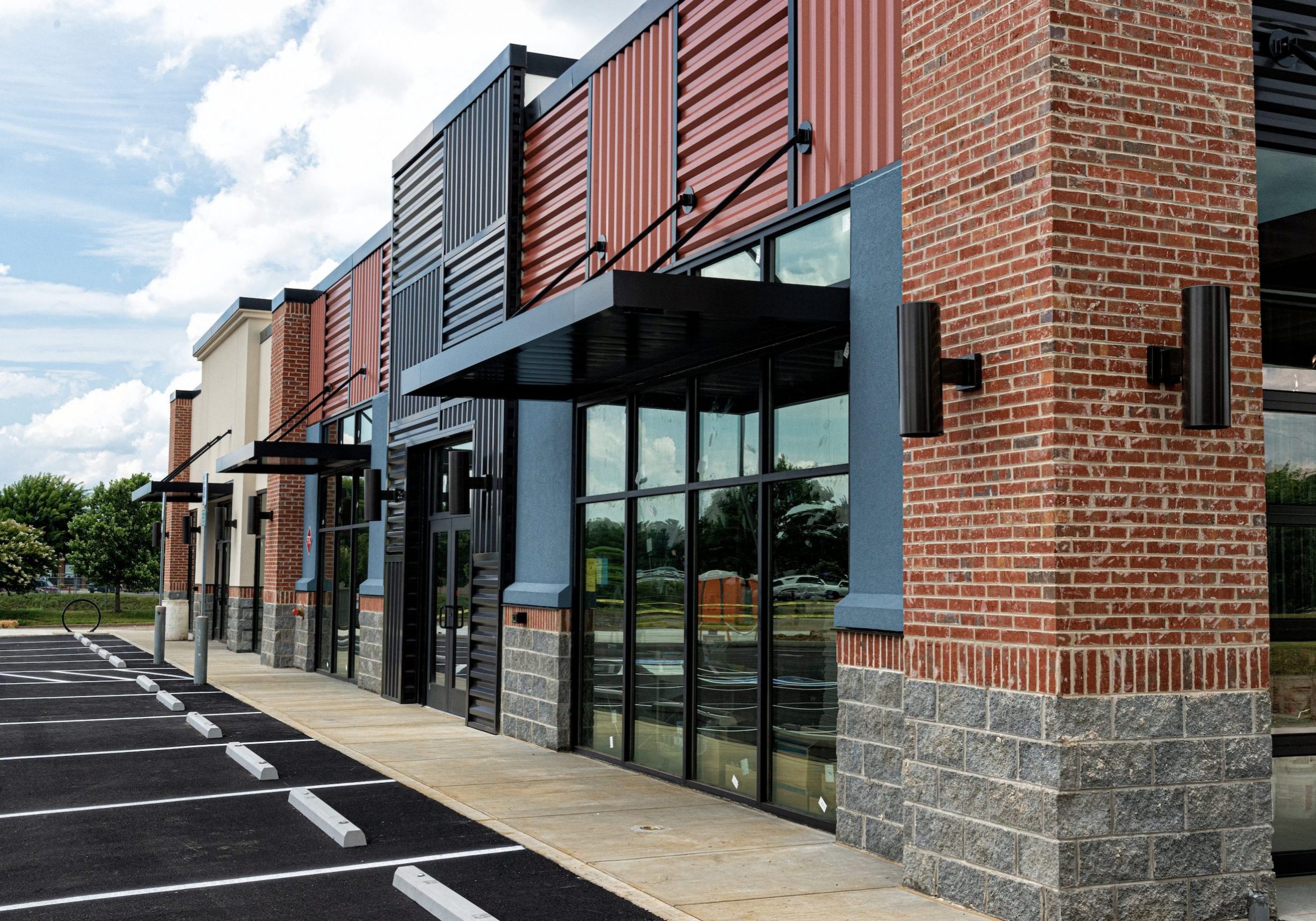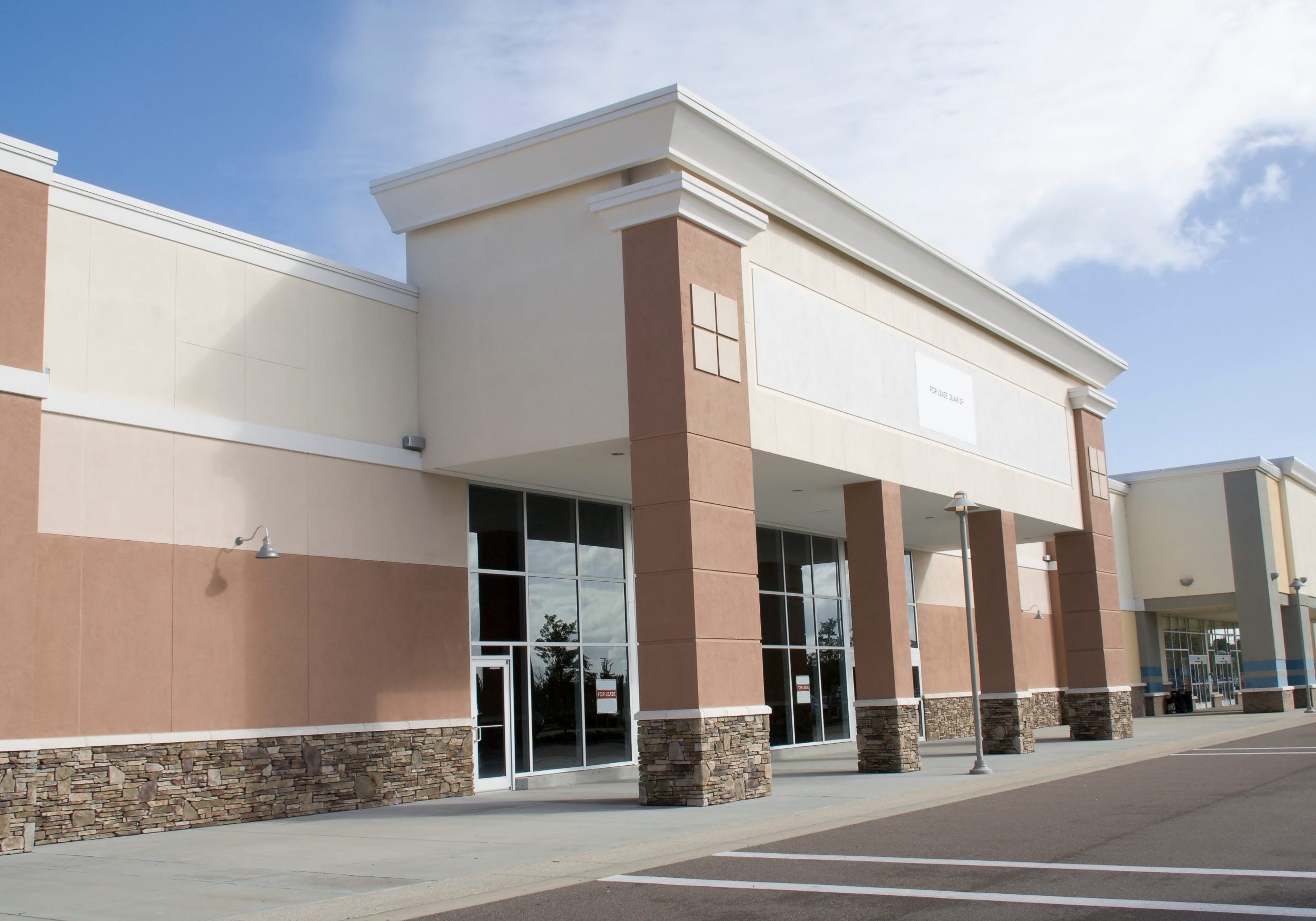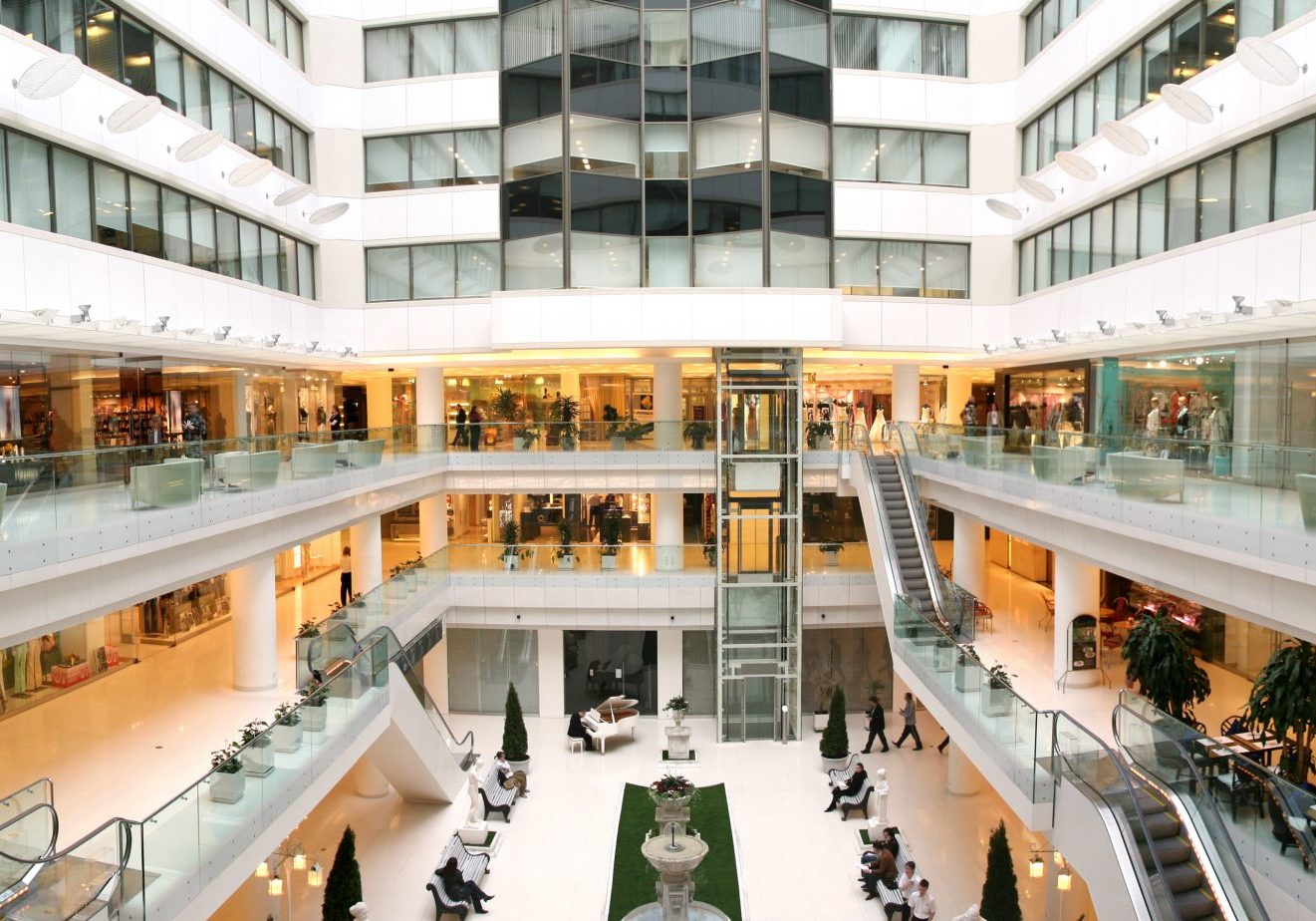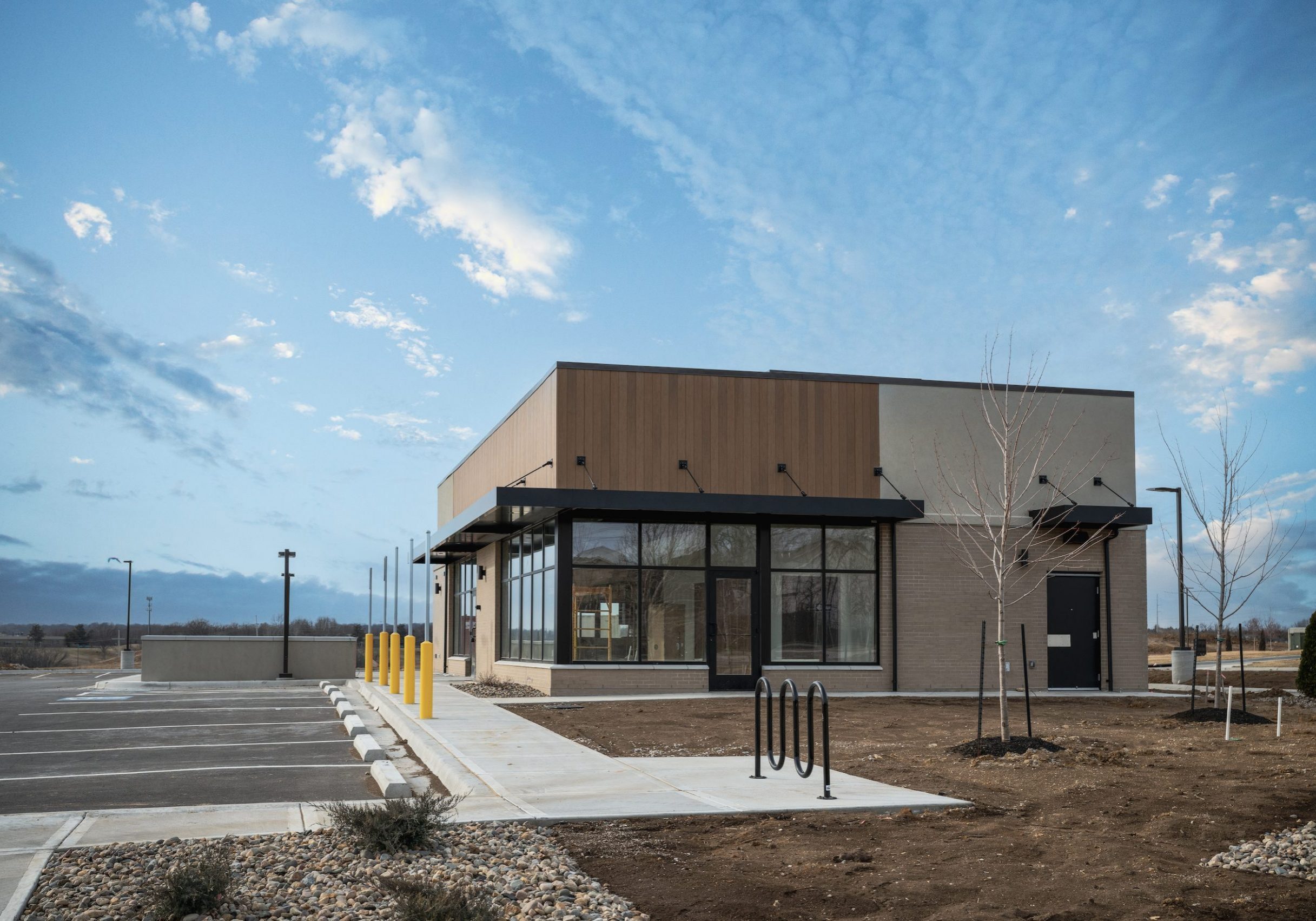Investing in a retail shopping center can provide a reliable source of rental income and potential capital appreciation for the owner over time. However, careful analysis and consideration of factors such as location, tenant mix, and market conditions are necessary to ensure the success of the property. Our professionals specialize in guiding the investment process, ensuring the property is positioned for long-term success.

Strip Mall / shopping center
Small retail properties typically have a mix of tenants in various retail businesses, such as gift shops, salons, and dry cleaners. These properties may or may not have an anchor tenant.

community retail center
Community retail centers are typically between 150,000 and 350,000 square feet in size and commonly include multiple anchor tenants, such as grocery stores, drug stores, and restaurants.

power center
Power centers are large retail centers that usually have multiple smaller inline retail stores along with a few major box retailers. Each big box retailer typically occupies between 30,000 and 50,000 square feet. Additionally, power centers often include several out parcels.

regional mall
Typically, traditional regional malls provide a vast space of 400,000 to 2 million square feet, featuring numerous anchor tenants that include major retailers and department stores.

out parcel
Large retail centers often feature multiple out parcels, which are retail properties reserved for individual tenants, such as restaurants or banks. Similar to office space, retail space can be classified into three tiers:
Class A
Class A commercial properties are known for their premium quality construction, top-notch mechanical and sprinkler systems, sought-after design, and attention to sustainability measures. These properties often feature high-end tenants and coveted amenities like valet parking and on-site services.
Class b
Class B commercial properties are typically well-maintained, have good access, and may be slightly older or located in a less desirable area compared to Class A properties. Although they offer slightly less attractive features, Class B properties often have quality tenants and are a promising investment opportunity that can increase in value with upgrades and repairs.
Class c
Class C properties are usually situated in less desirable areas and may have limited amenities and outdated features. However, with proper upgrades and maintenance, these properties can potentially increase in value and become Class B properties.
